Convergence of regional products
From 4am, when the fog was still thick and the temperature dropped to only 1-3 degrees Celsius, Mrs. Va Nhi Hoa, Tien Tieu village, Nam Can commune (Ky Son) woke up early to prepare to bring her goods to Nam Can market. They were called goods but in fact they were just "home-grown" agricultural products such as bunches of mustard greens, bags of hot peppers, a few kilos of fresh ginger, and a few wild mice caught during her days in the fields. All were neatly arranged in a basket by Mrs. Hoa to go down the mountain to the market - the market that Mrs. Hoa and the people in the border area looked forward to every week.

Although Tien Tieu village is only about 3km from Nam Can border market, due to lack of means of transport, and the fact that there are no baskets or baskets containing many bulky agricultural products, not only Mrs. Hoa but also many other highland people here choose to carry their goods on their backs and walk from dawn to be on time for the market. Wearing many layers of old clothes, their feet kept walking diligently in the bitter cold and the covering fog. When they arrived at the border gate, the sky was just getting light...

Nam Can market has been established for a long time and has become an attractive destination, imbued with the cultural identity of the highland people of Vietnam and Laos. Previously, the market only met twice a month on the 15th and 30th of each month. To enhance exchanges between the two countries, since 2018, the authorities of the two border provinces of Vietnam, Nghe An and Xieng Khouang (Laos), have increased the market to 4 times a month, on Sundays every week. Since then, the market has gradually become a familiar destination not only for people of the two countries but also for tourists from all over the world to experience.

Standing from the Nam Can border gate, looking over, Nam Can market was bustling with people and vehicles early in the morning. Trucks carrying goods from Vietnam or Laos had stopped along the road to the market to deliver goods. Laughter and bargaining filled the air. In the main area of the market, smoke from the food stalls wafted up with the characteristic aroma of Lao-Vietnamese dishes, making everyone feel excited.
Ms. Ho Y Xi, the owner of a food stall at the market, enthusiastically shared: “On this day before Tet, people come very early, people come to the stall to socialize and chat after many days of not seeing each other. The dishes chosen by people are mostly grilled dishes such as grilled chicken, grilled beef, grilled intestines... plus Lao sausages, Lao sticky rice, typical Lao spicy dipping sauce, fresh Vietnamese vegetables, all blend into unforgettable flavorful dishes.

In this special market, what impressed us the most was the variety of goods, of which 70% were local agricultural products brought by people from both countries to trade and exchange. These strange yet familiar, familiar yet strange agricultural products are grown in areas with high terrain, cool temperatures all year round, without the use of pesticides, ensuring freshness and reasonable prices, making them even more attractive to tourists.
Bundles of lush green local vegetables with large leaves are displayed in long rows right at the entrance for only 10,000 VND. In the distance, stalls selling highland agricultural products such as honey, wild ginseng, herbs, mac khen seeds, wild bananas, dried bamboo shoots... are also arranged eye-catchingly, priced from only a few thousand to a few tens of thousands of VND, a price that can satisfy anyone.

Even more unique, in this market, people can use Vietnamese or Lao currency to exchange after balancing the exchange rate. After many years of exchange and close relationship, traders from both countries can also say familiar phrases to each other when greeting and exchanging goods, solidarity is shown through eyes and smiles.
The Nam Can border market is usually bustling, but near Tet it is even more crowded. Some people lead buffaloes, cows, pigs, and chickens to sell fresh at the market, and when they get money, they buy things for Tet. Customers also include children who work far away and return home at the end of the year to the market to shop for Tet. People buy bamboo tubes and dong leaves to wrap cakes, people buy food, household items, people buy new brocade for their children... the atmosphere is cheerful and warm in the middle of the cold days.

Ms. Hoang Nguyen - a tourist from Vinh city said: I have heard about Nam Can border market for a long time and this time near Tet also experienced it. Although the distance from Vinh city to here is quite far, in return we were able to immerse ourselves in the space imbued with the identity of the highland people, admire the beautiful scenery, enjoy the food, and rent and try on the typical brocade costumes which were very impressive. The market is held on the weekend so we will definitely arrange to come back.
Not only in Ky Son district, Nghe An also has unique border markets, imbued with the cultural colors of the highland people every Tet holiday. At Tri Le border market, Que Phong district, although it was only opened for the first time on September 1, it has now become a familiar destination every month for people in Que Phong district and neighboring localities.

Mr. Vi Van Cuong - Chairman of Tri Le Commune People's Committee said: The market at the time of its first opening session made a big impression, the number of people pouring in was so large that the road to the commune was congested. Tri Le Market is held regularly on the first day of every month, and during Tet, it will be opened on an additional day to serve the needs of the people. This place is always filled with the cultural colors of ethnic minorities, especially the Mong people living in the area with typical products such as upland melon, brocade, mustard greens, wild bamboo shoots, passion fruit, black pigs, local chickens, etc. Not only can visitors buy delicious, clean products, but they can also immerse themselves in art programs and folk games held at the market.
Border tourism highlights
Over time, the border markets are not only places for exchanging and buying goods but also places for cultural exchange between ethnic groups, interesting stops for people and tourists from far away areas, contributing to the development of socio-economy and tourism in border areas.

Muong Qua market in Mon Son border commune, Con Cuong district is also such a market. The market usually meets in sessions on the first Sunday of the month. During the Tet holiday, the market opens additional sessions to serve the needs of the people. Since 2018, the market has become an ideal meeting place for people and tourists when returning to Tra Lan.
Mr. Ngan Van Truong - Vice Chairman of Mon Son Commune People's Committee said: Muong Qua Market is the pride of the locality, both a bustling business and trading place and contributing to the development of tourism in the area. Every time there is a market session, groups of visitors returning to Con Cuong also take the opportunity to visit the locality to experience the culture at Muong Qua Market, enjoy the cuisine as well as watch the typical performances of the local people. The image of Mon Son land is also more widely known.

Tri Le border market is also one of the markets that created a big media impression on the first day of operation. The image of a line of cars going to the Tri Le border area to go to the market has caused a stir in the online community. The market is also identified by the district as one of the destinations on the district's tourism map.

Mr. Bui Van Hien - Vice Chairman of Que Phong District People's Committee said: Tri Le Market since its operation has contributed to creating income for people in the border area with many difficulties, promoting cultural and culinary features, contributing to the development of trade services in the border area. In the coming time, the district will continue to invest to make the market more spacious but still preserve traditional features, at the same time strengthen propaganda and promote the image of tourism imbued with the identity of people in the border area of Que Phong through this unique market.
Source





![[Photo] President Luong Cuong receives delegation of the Youth Committee of the Liberal Democratic Party of Japan](https://vstatic.vietnam.vn/vietnam/resource/IMAGE/2025/8/22/2632d7f5cf4f4a8e90ce5f5e1989194a)
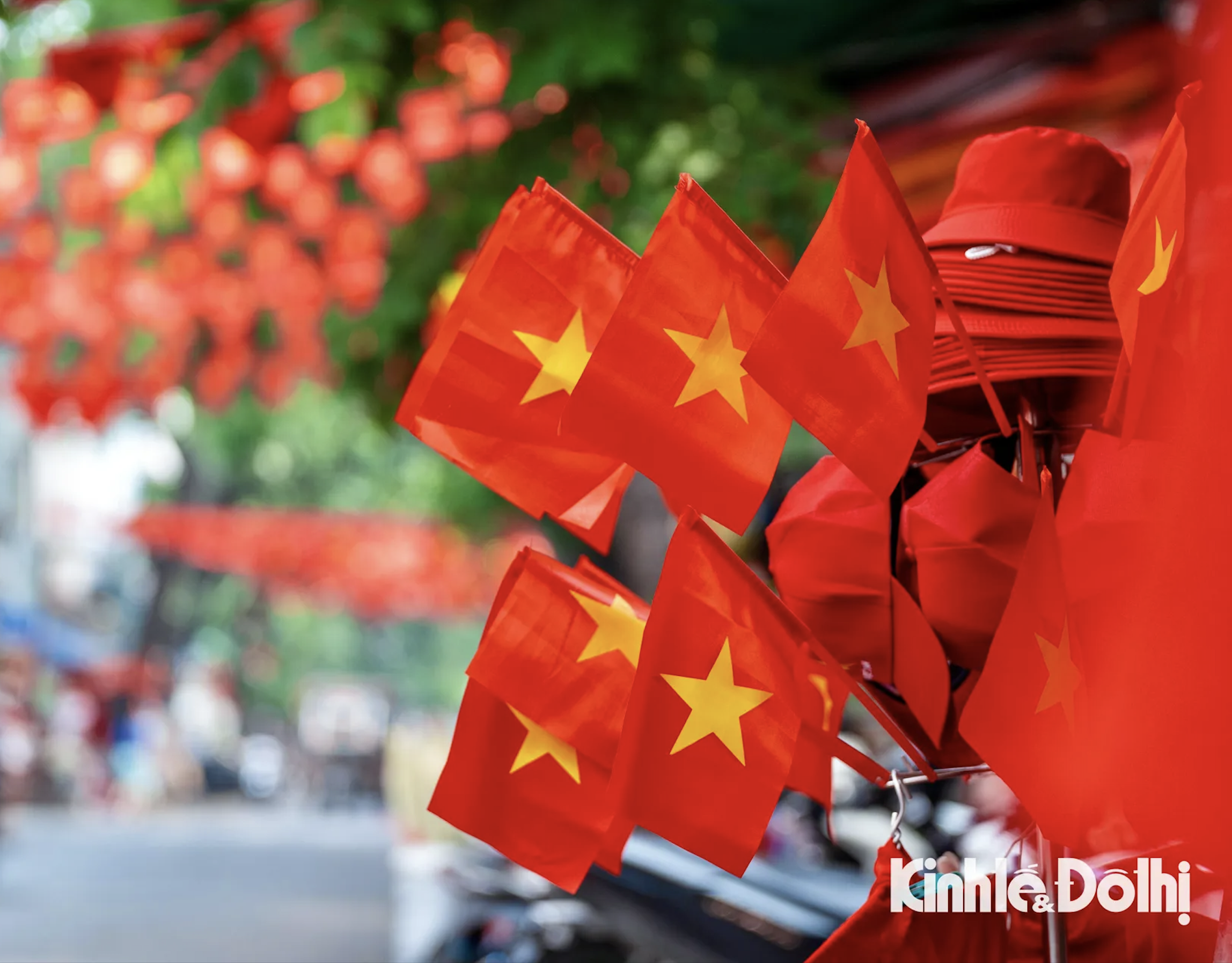

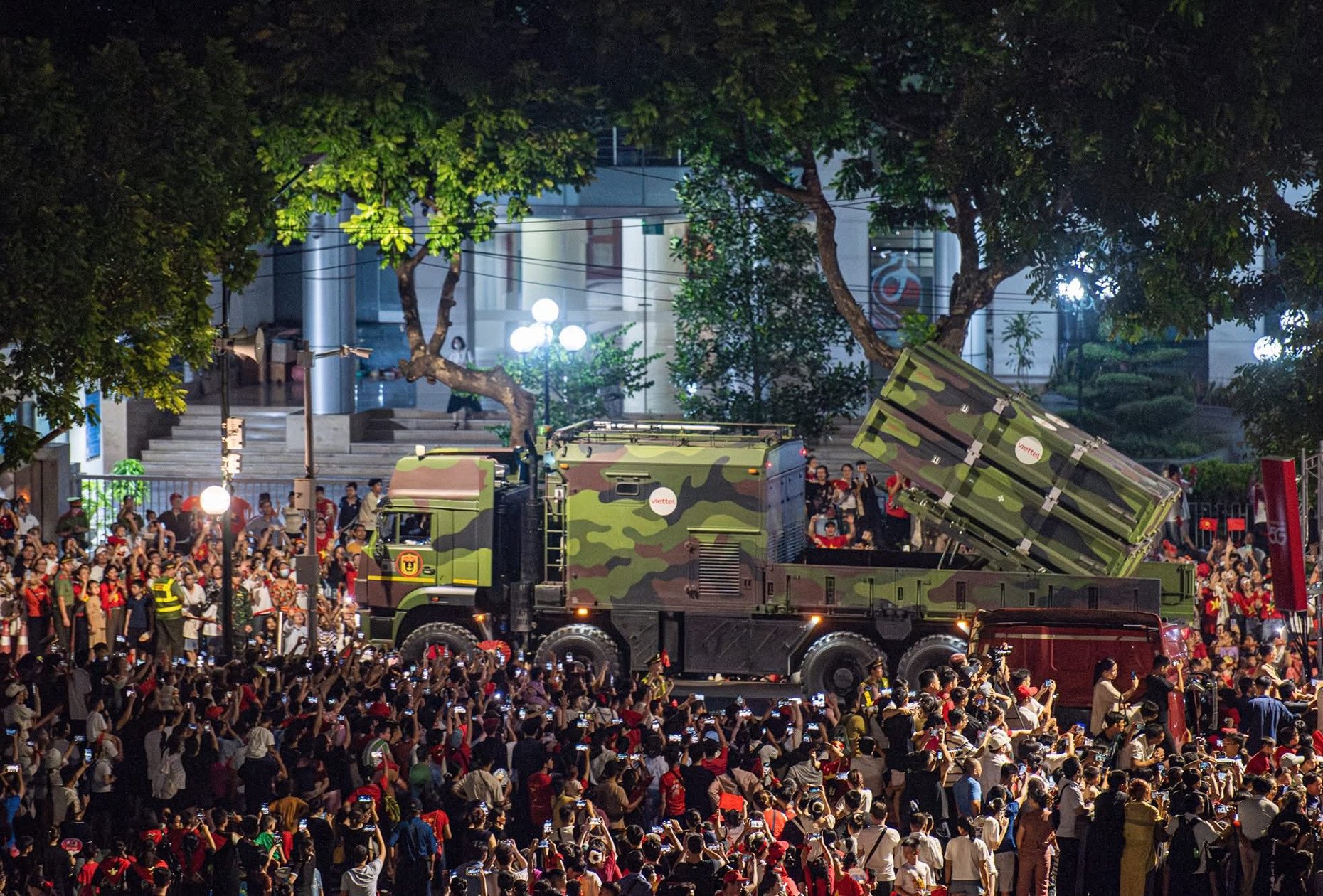
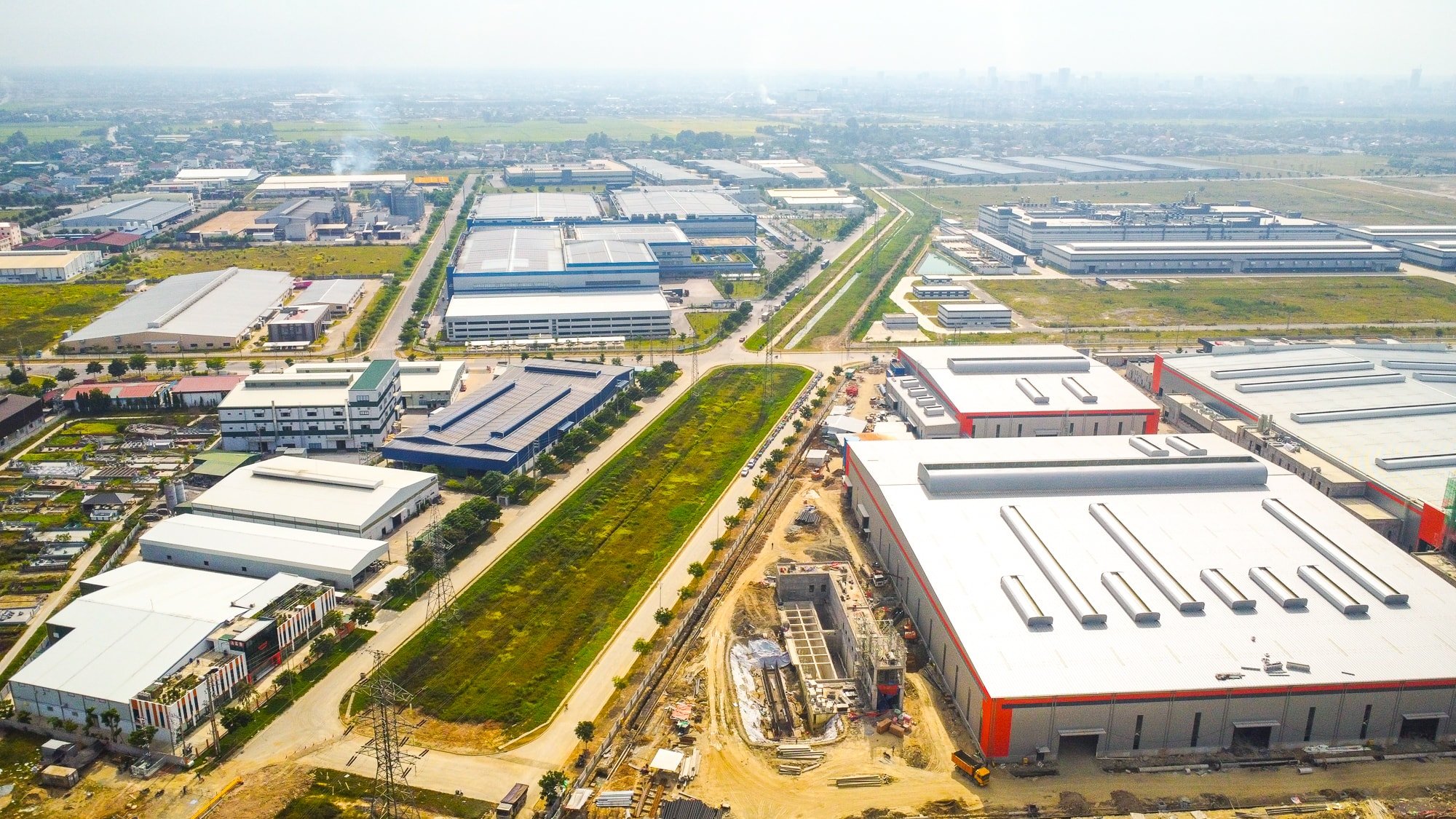

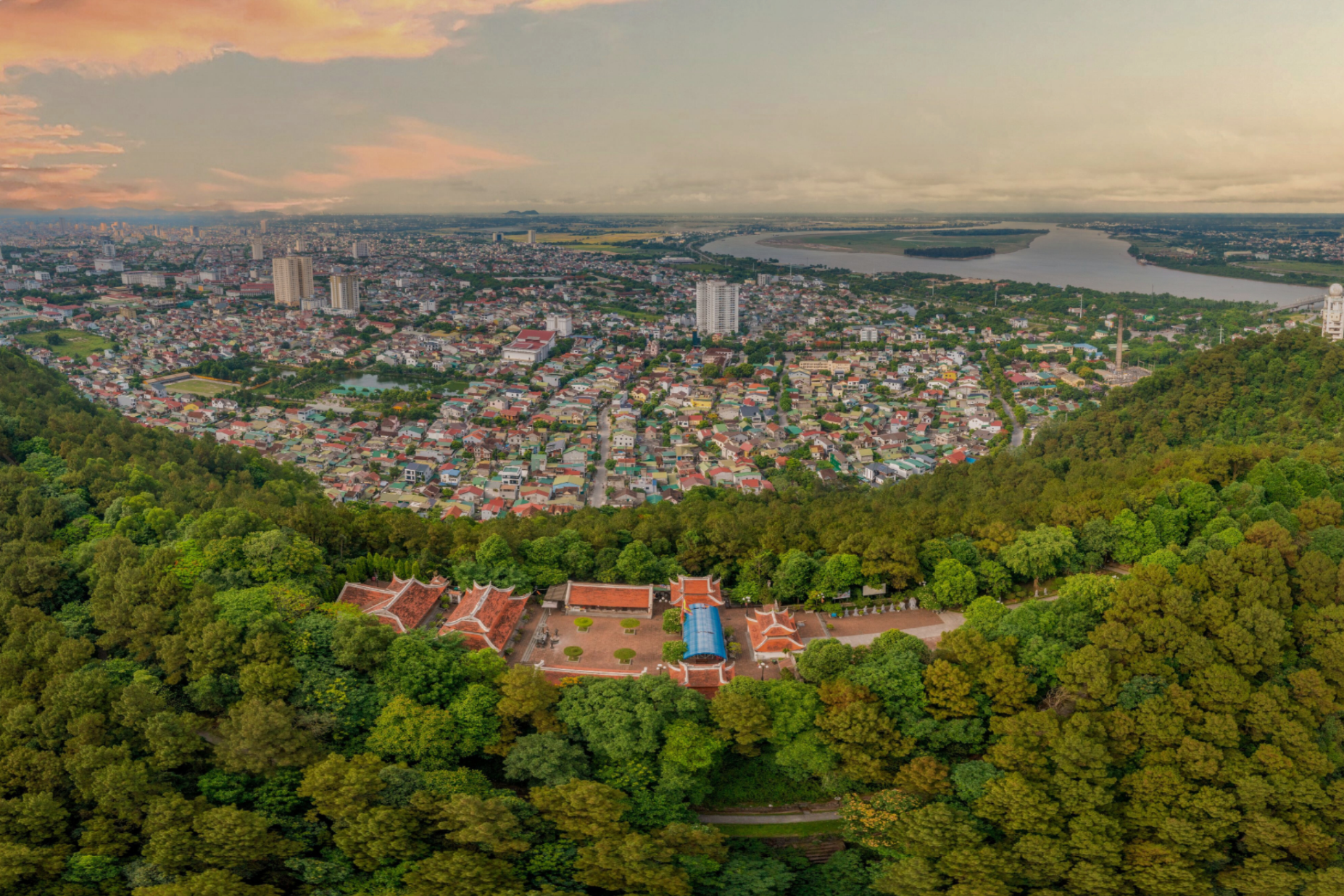
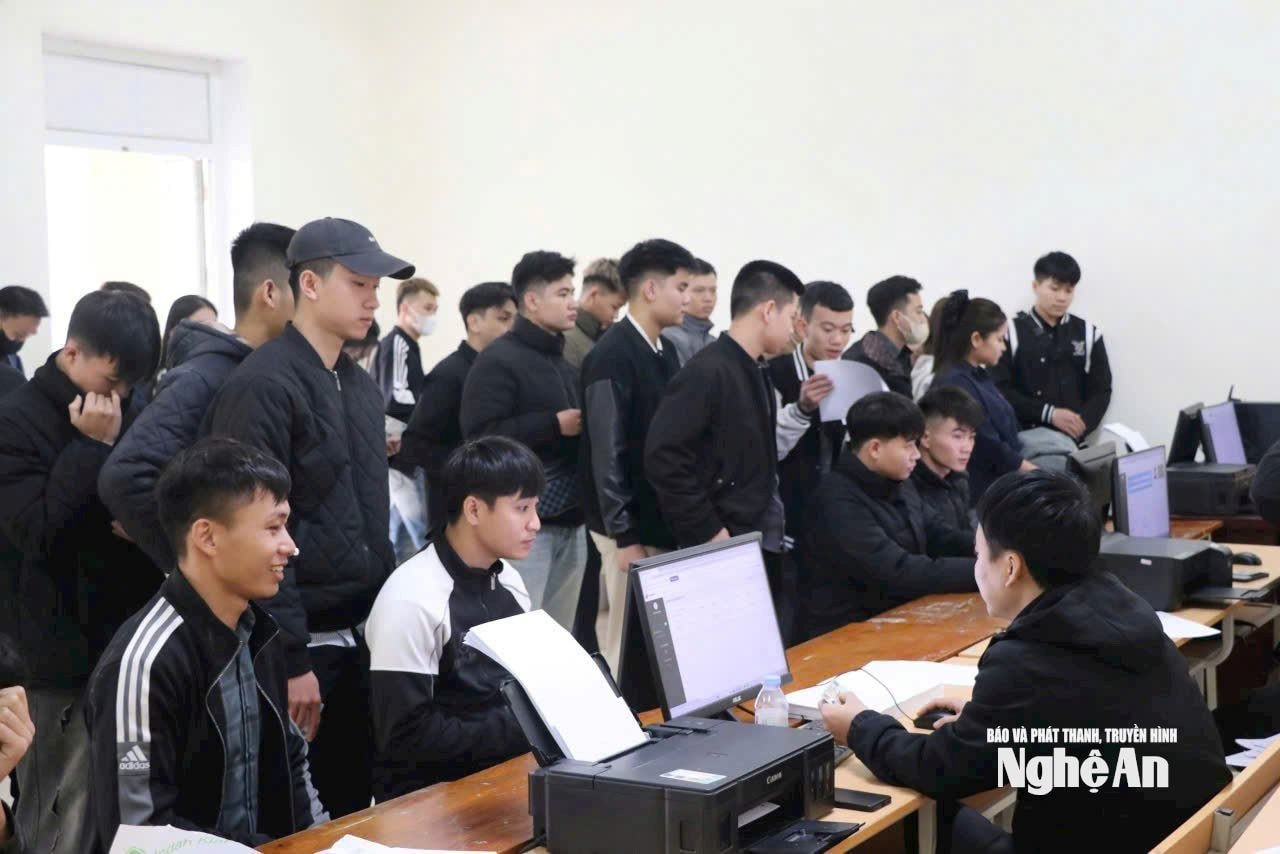
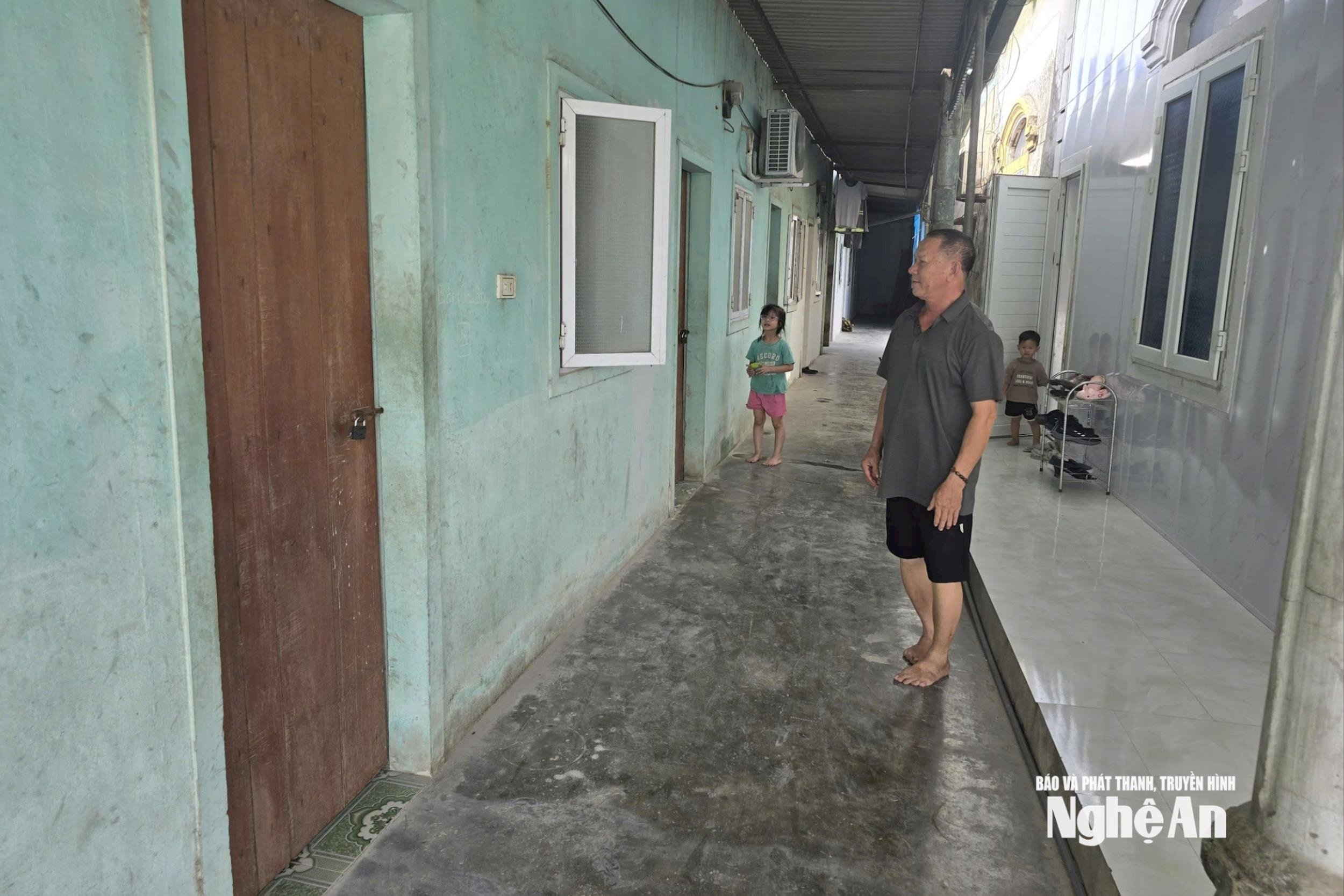
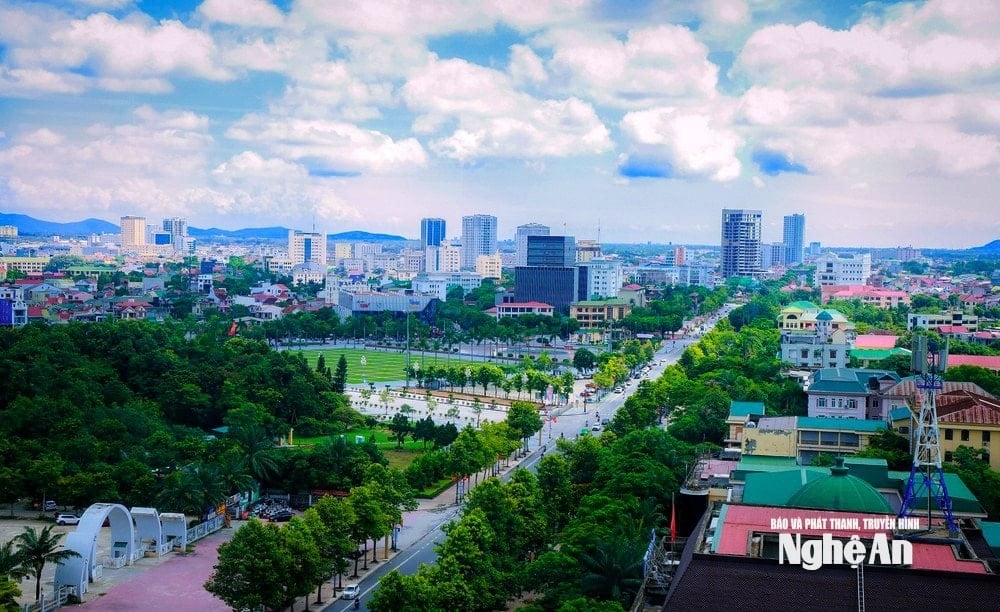

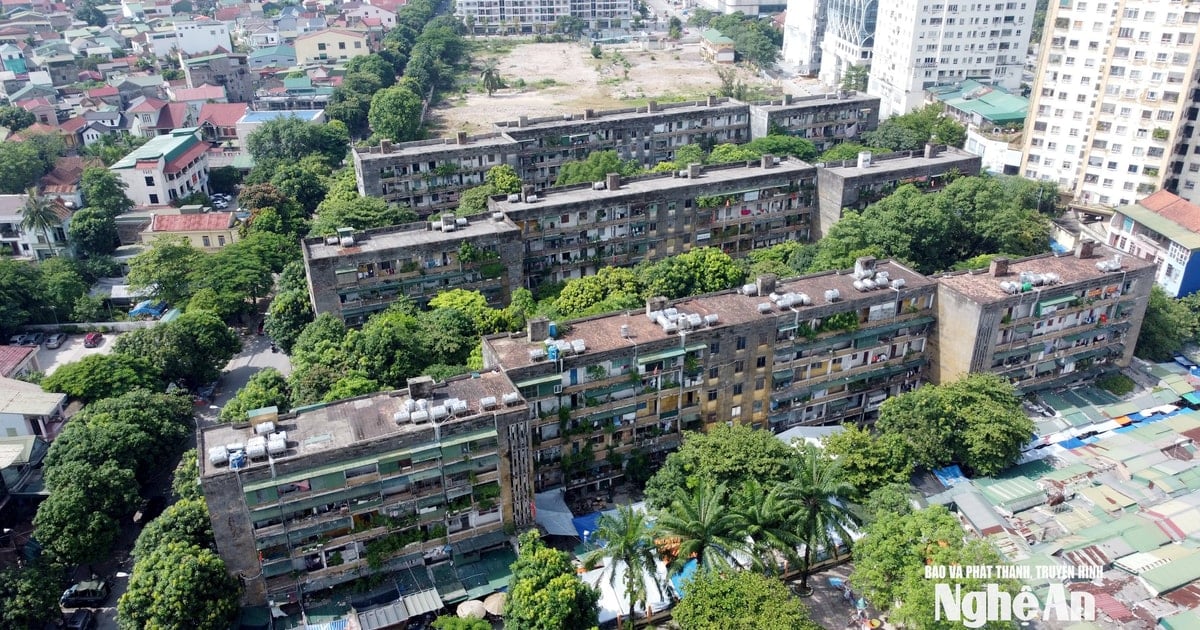
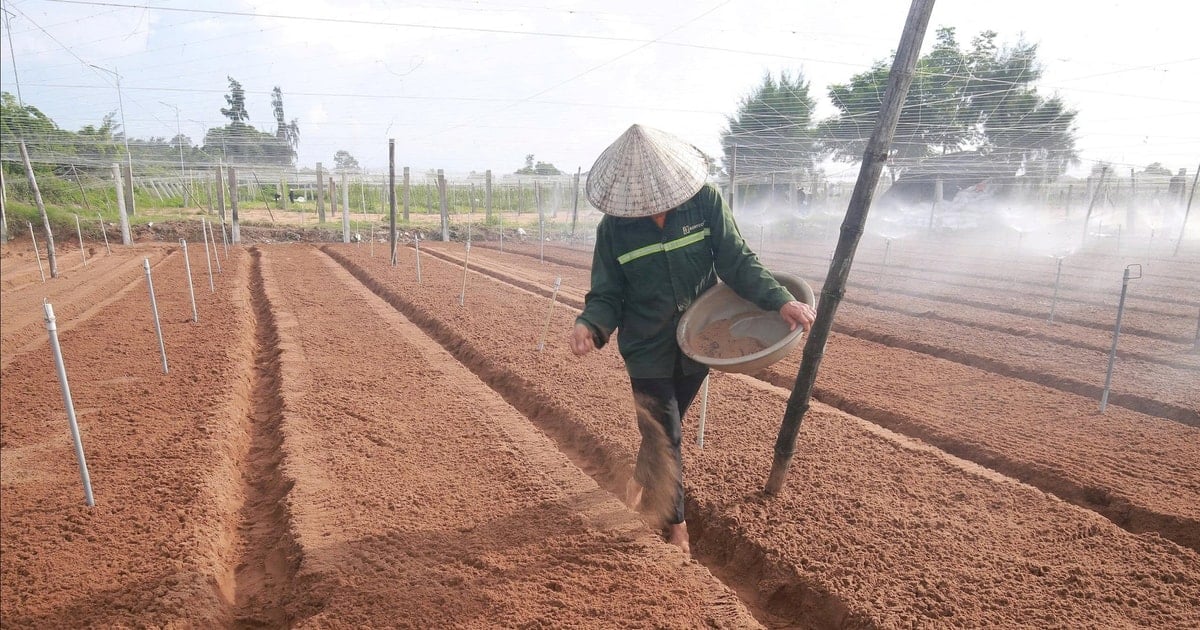
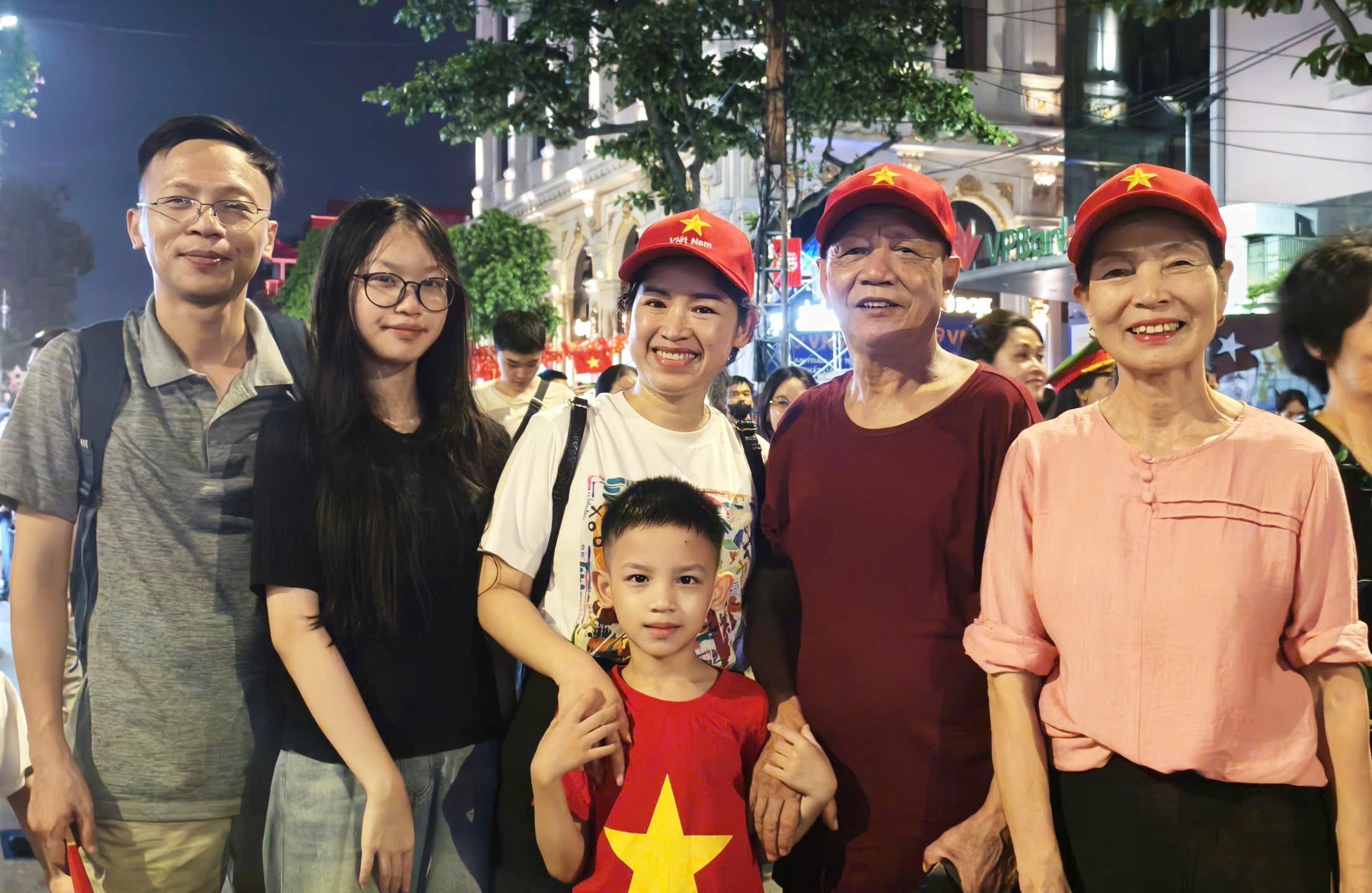
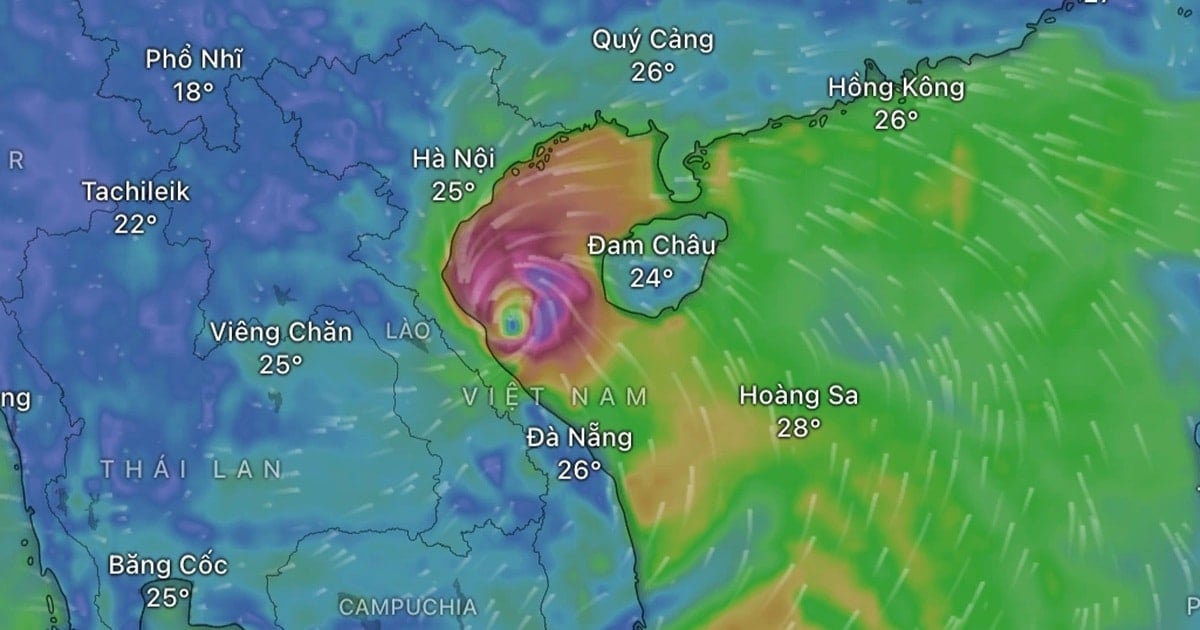
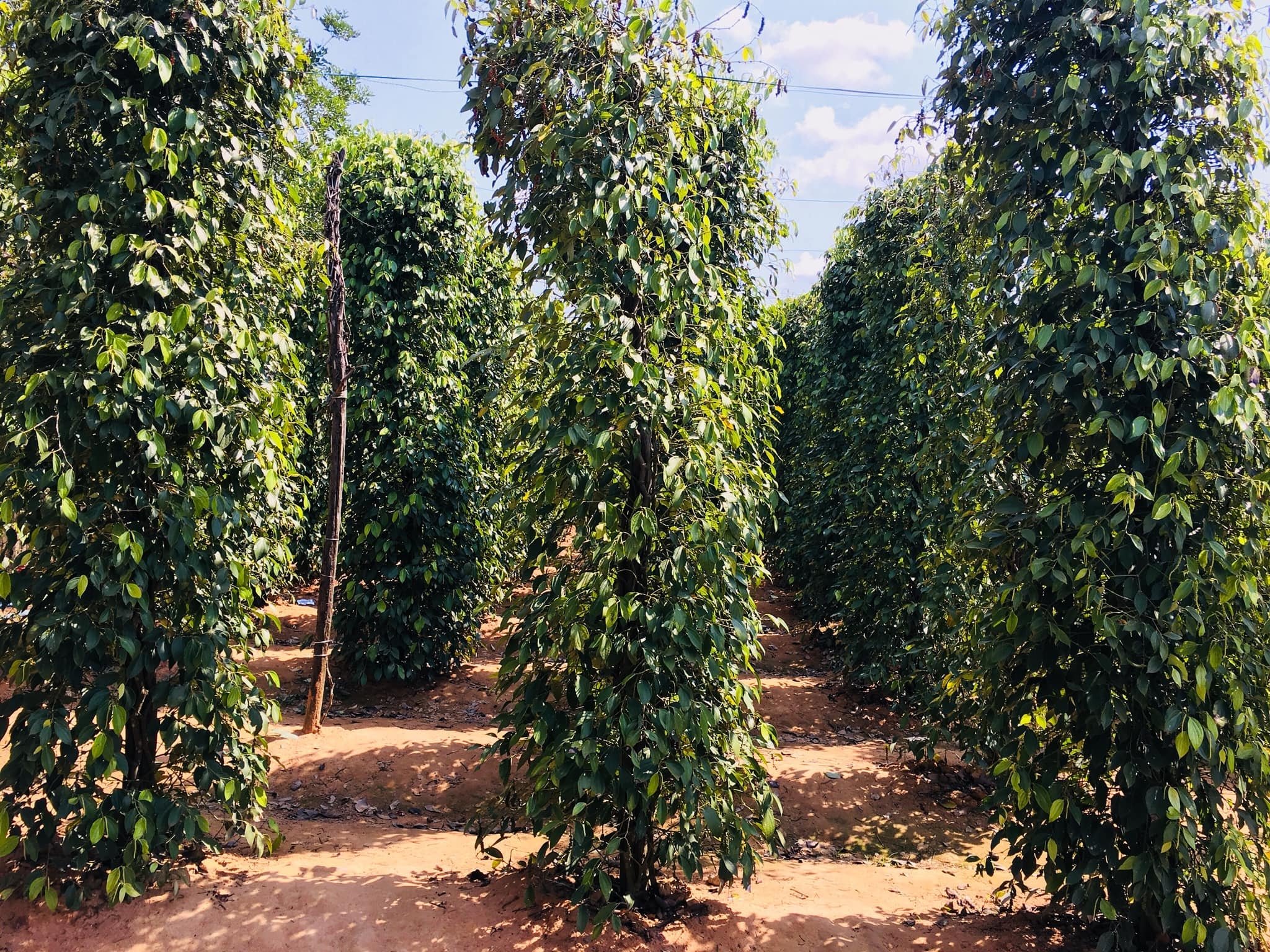
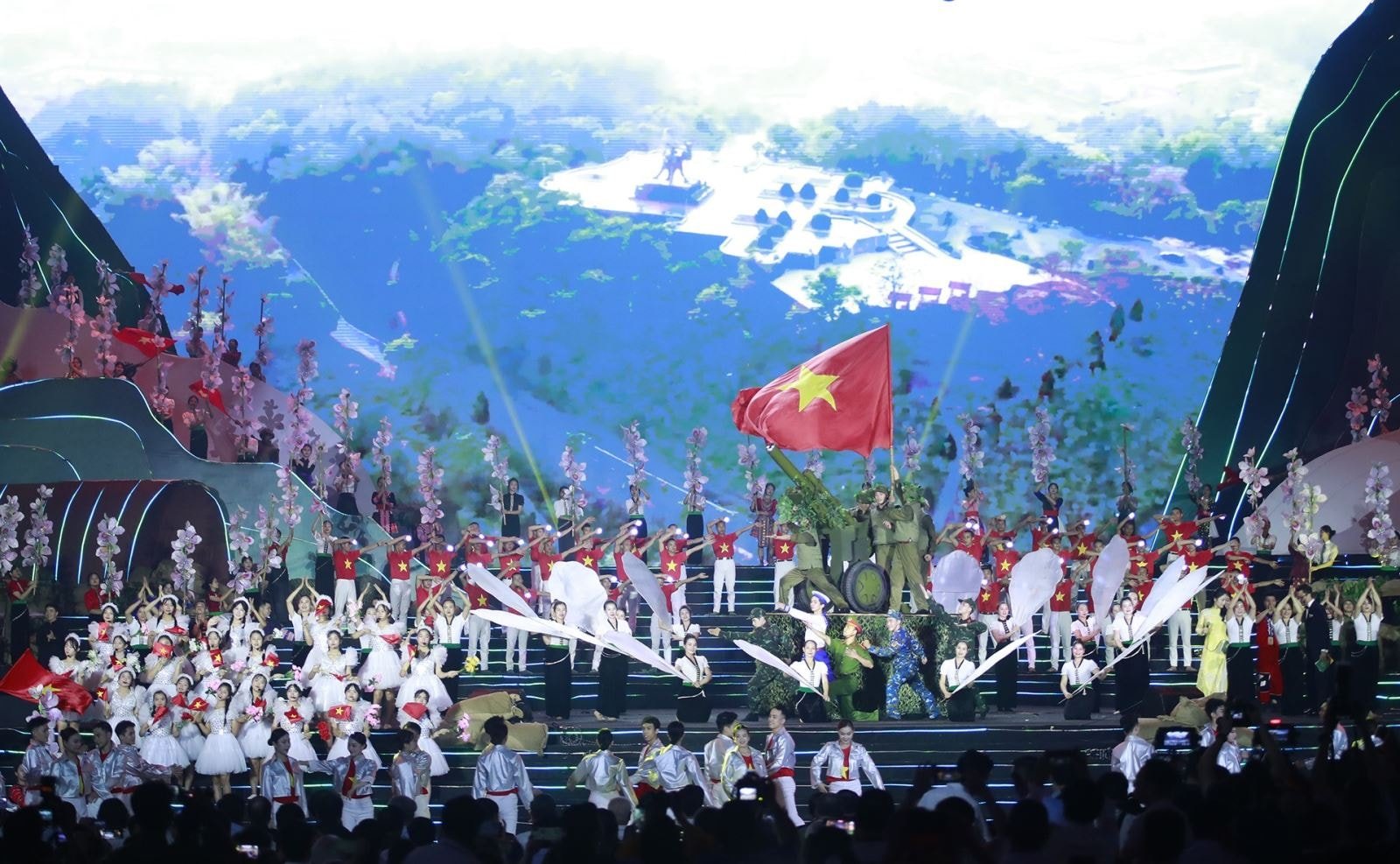




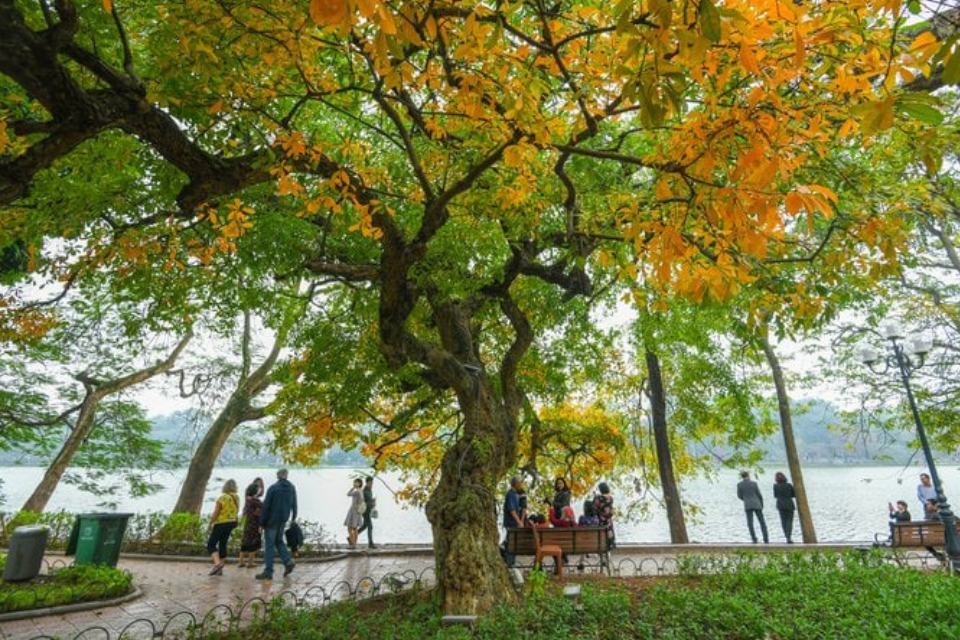


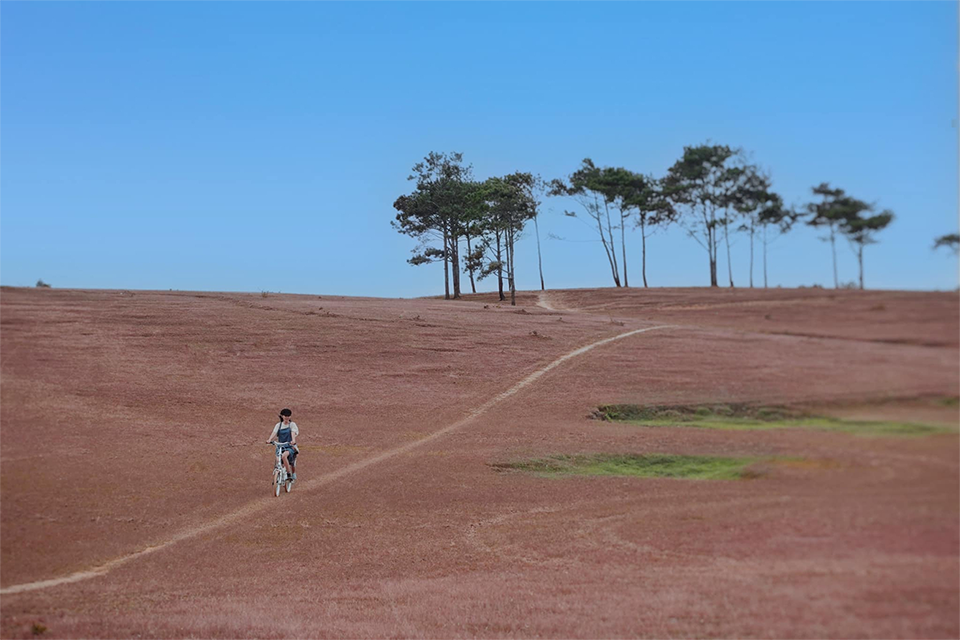

![[Photo] Scientific workshop "Trade unions with the task of participating in state management and building a socialist rule of law state"](https://vstatic.vietnam.vn/vietnam/resource/IMAGE/2025/8/22/789f6384ec37466098a8bcb531deb281)




















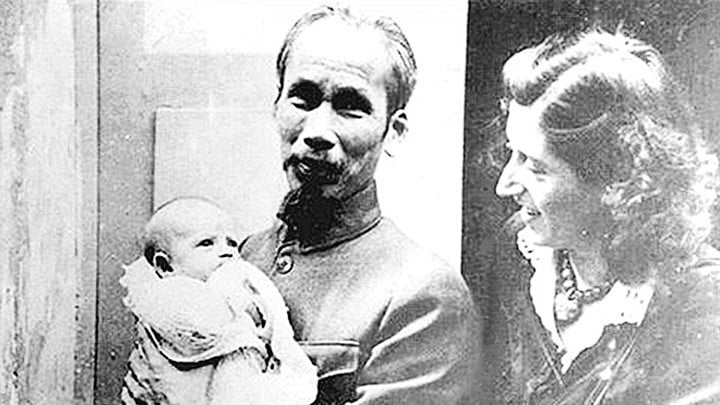















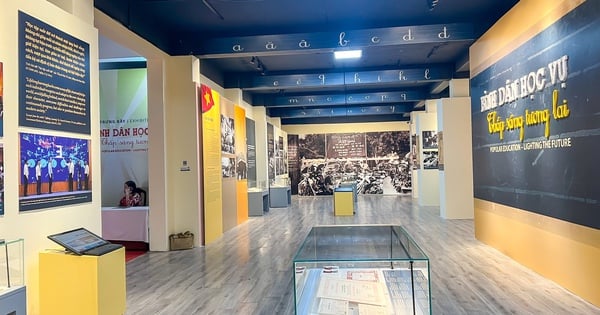

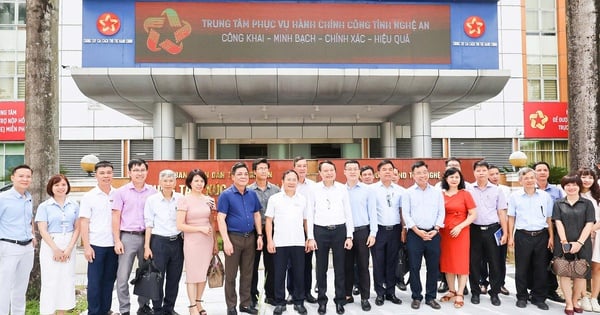

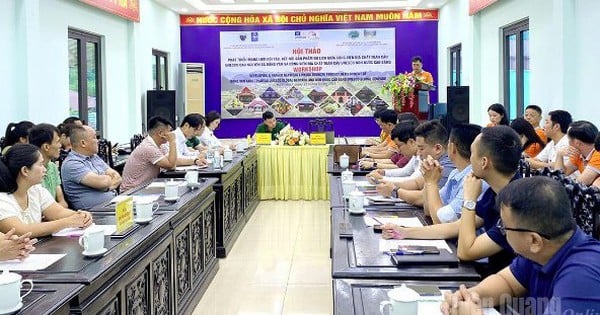
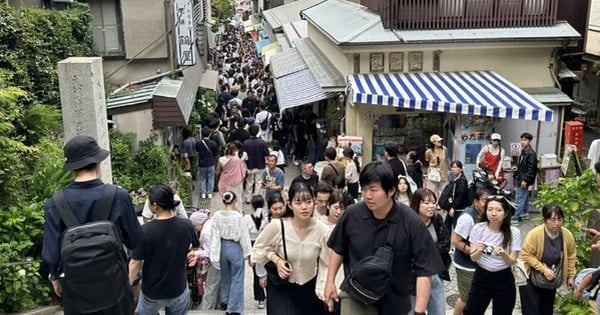
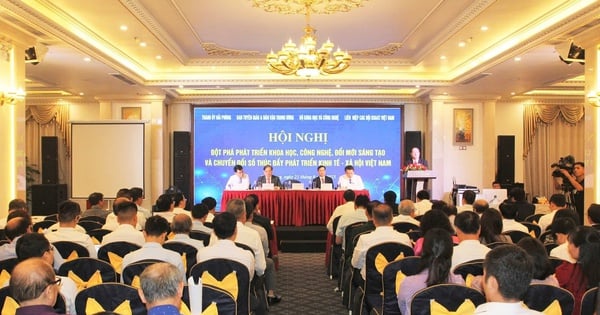

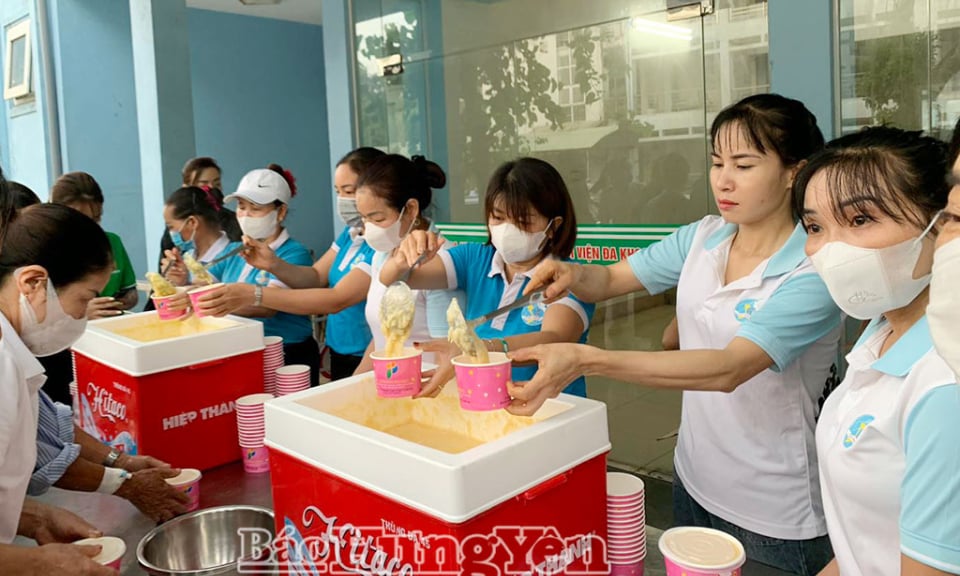

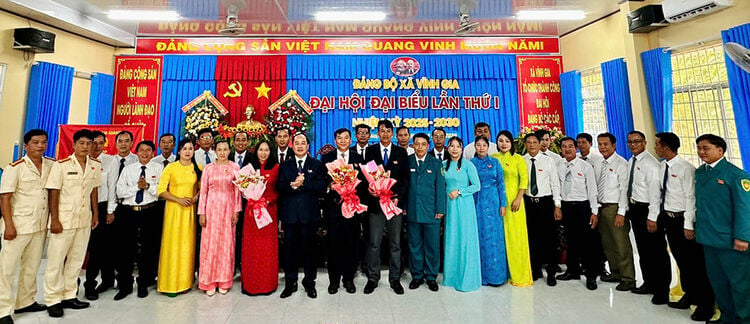
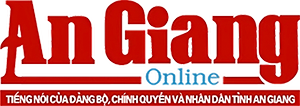



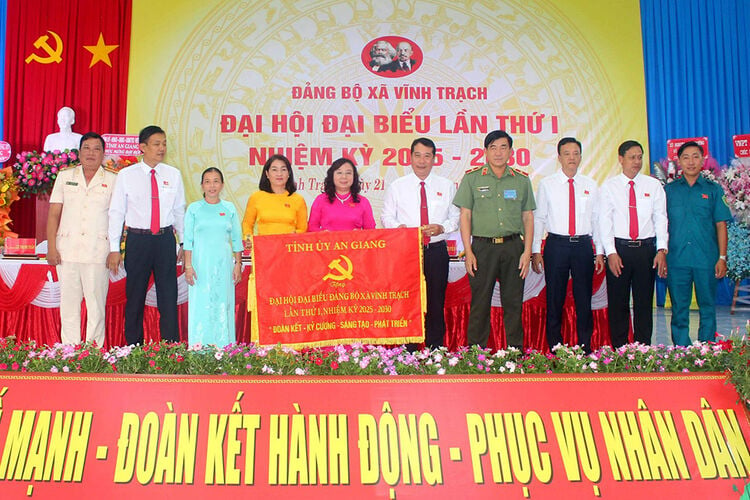







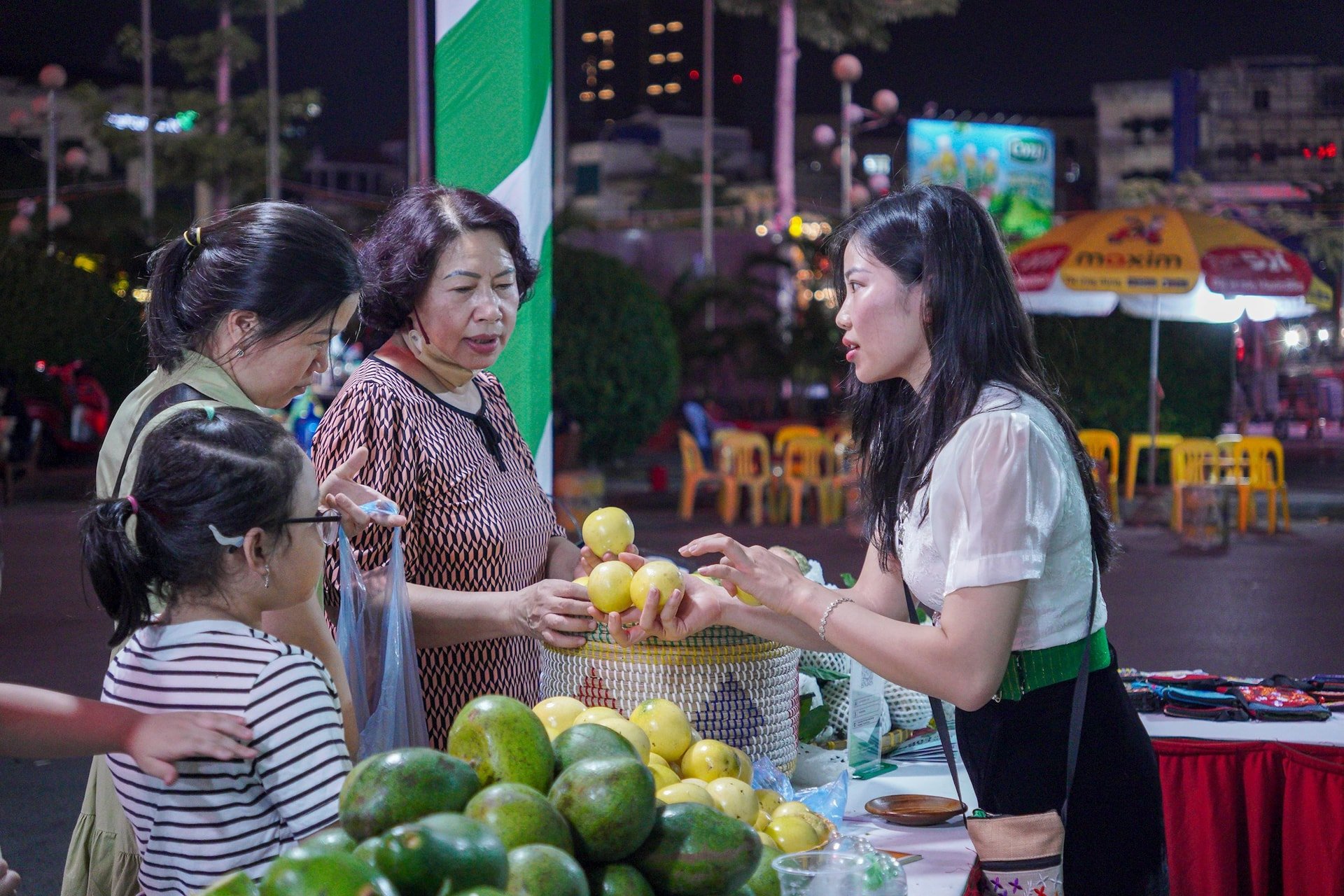






Comment (0)